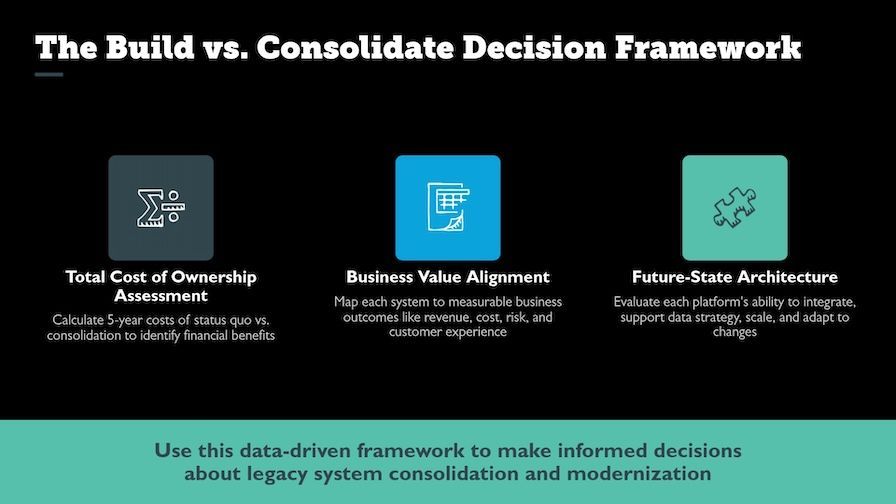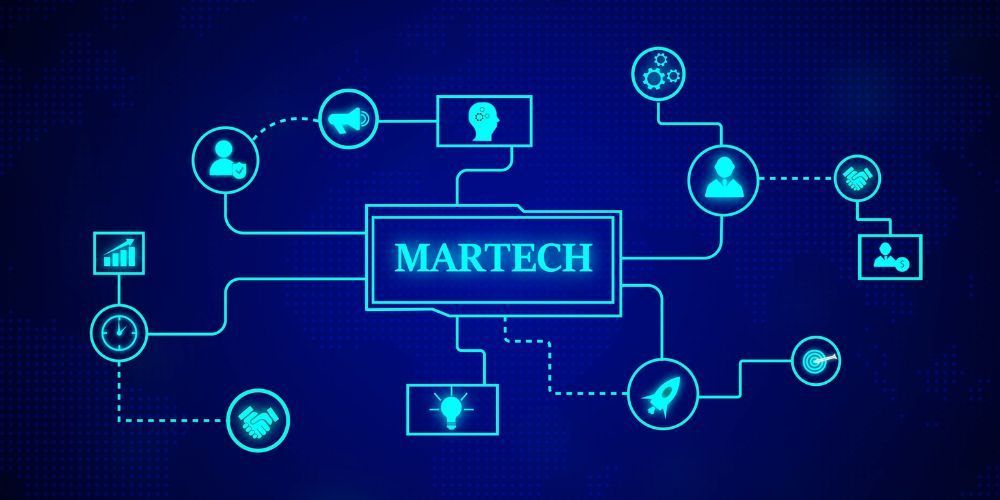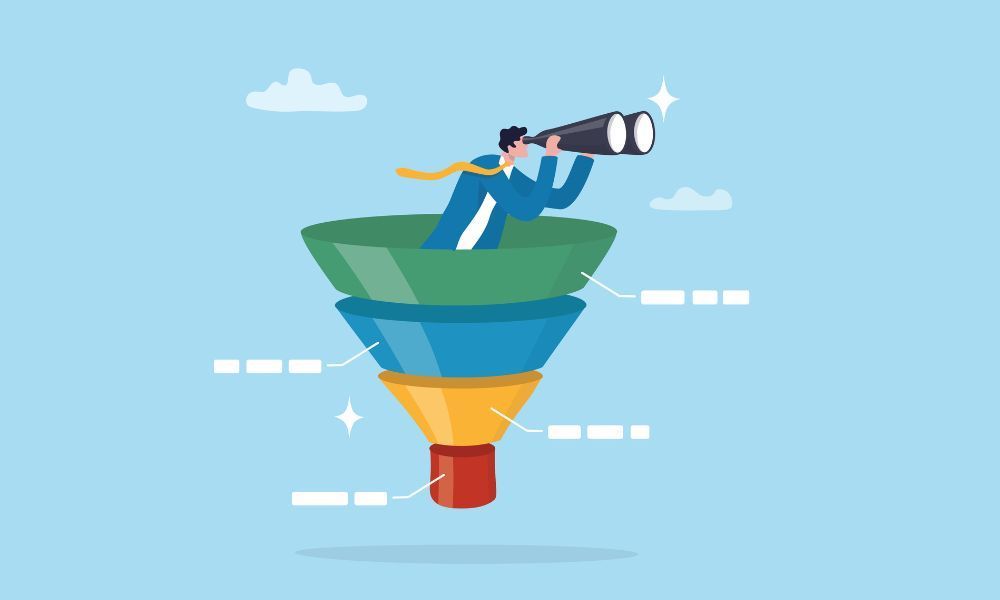The Great Digital Cleanup: Why Legacy Tech Debt Costs More Than New Builds
The CFO's email was blunt: "Why are we spending $47M annually on websites that generate less traffic than our intern's TikTok account?"
I was six months into auditing a Fortune 500 company's digital ecosystem when we discovered the shocking truth. Of their 1,247 websites, nearly 800 hadn't been updated in over two years. Some were running on platforms so outdated that security patches were no longer available. One critical business application was held together by code written during the Obama administration.
This wasn't technical debt. This was technical bankruptcy.

The Hidden Mathematics of Digital Decay
Most executives understand the concept of technical debt in theory. Legacy systems require maintenance, updates slow down development, older platforms create security vulnerabilities. What they don't grasp is the compound interest effect of digital neglect.
Here's what I discovered during that audit:
Direct Costs (The Obvious Pain)
- $12.3M in redundant licensing fees across 23 overlapping platforms
- $8.7M in maintenance contracts for systems serving fewer than 50 users
- $4.2M in compliance remediation for platforms that couldn't meet new regulatory requirements
Indirect Costs (The Real Killer)
- 73% longer time-to-market for new digital initiatives due to integration complexity
- $18M in opportunity cost from delayed product launches
- 34% higher cybersecurity insurance premiums due to legacy system vulnerabilities
The total? $67M annually in costs directly attributable to accumulated technical debt.
But here's the part that made the CFO's jaw drop: Building a unified, modern platform from scratch would cost $23M and reduce ongoing operational costs by 52%.
The legacy cleanup wasn't just cheaper than maintaining the status quo—it was cheaper than any new build they were considering.
Why Legacy Systems Become Financial Vampires
Technical debt doesn't accumulate linearly. It compounds exponentially, creating what I call the "Digital Debt Death Spiral":
Year 1: Platform works fine, minor maintenance needs
Year 3: Integration challenges emerge, workarounds multiply
Year 5: Security patches become urgent, performance degrades
Year 7: Platform becomes unmaintainable, requires complete overhaul
The problem is that most organizations don't track the true cost of their digital portfolio. They see individual line items—licensing, hosting, maintenance—without understanding the systemic impact.
During my Novartis tenure, we discovered that 60% of our IT budget was consumed by maintaining systems that supported less than 15% of business value. The math was undeniable: consolidation wasn't just smart strategy, it was financial survival.

The Build vs. Consolidate Decision Framework
After analyzing dozens of enterprise digital transformations, I've developed a framework that CFOs and CTOs can use to make data-driven decisions about legacy systems:
1. Total Cost of Ownership Assessment
Calculate the 5-year cost of status quo:
- Direct maintenance and licensing
- Integration and compatibility overhead
- Security and compliance remediation
- Opportunity cost of delayed initiatives
- Risk-adjusted cost of potential failures
Then calculate the cost of consolidation:
- Migration and integration effort
- Data cleanup and standardization
- Training and change management
- Temporary redundancy during transition
If consolidation costs less than two years of status quo spending, it's a financial no-brainer.
2. Business Value Alignment
Map each system to business outcomes:
- Revenue generation
- Cost reduction
- Risk mitigation
- Customer experience impact
- Compliance requirements
Systems that don't directly support measurable business value are prime consolidation candidates.
3. Future-State Architecture
Evaluate each platform's role in your target state:
- Can it integrate with modern ecosystems?
- Does it support your data strategy?
- Will it scale with business growth?
- Can it adapt to regulatory changes?
If the answer to any of these is "no," start planning its retirement.
Real-World Consolidation ROI
The pharmaceutical company case study isn't unique. Here are results from three similar consolidation projects I've led:
Global Financial Services Firm
- Before: 89 customer-facing applications, $31M annual costs
- After: 12 integrated platforms, $14M annual costs
- ROI: 187% over three years
Healthcare Technology Company
- Before: 156 internal tools, 18-month average project timelines
- After: 23 core platforms, 6-week average project timelines
- Business Impact: 300% faster time-to-market
Consumer Goods Manufacturer
- Before: 234 marketing websites, 67% duplicate functionality
- After: 31 purpose-built sites, 94% improvement in conversion rates
- Revenue Impact: $43M additional sales in first year
The pattern is consistent: consolidation delivers both immediate cost savings and long-term competitive advantages.

Your Digital Cleanup Action Plan
If you're ready to tackle your own digital debt crisis, here's where to start:
Phase 1: Discovery (Weeks 1-4)
- Inventory all digital properties and platforms
- Calculate true total cost of ownership
- Map business value and usage metrics
- Identify quick-win consolidation opportunities
Phase 2: Strategic Planning (Weeks 5-8)
- Design target-state architecture
- Prioritize consolidation initiatives by ROI
- Develop migration and sunset strategies
- Build stakeholder alignment and change management plan
Phase 3: Execution (Months 3-12)
- Begin with highest-impact, lowest-risk consolidations
- Implement robust data migration and backup processes
- Monitor performance and user adoption metrics
- Continuously optimize based on results
Phase 4: Optimization (Ongoing)
- Establish governance to prevent future sprawl
- Regular portfolio reviews and sunset decisions
- Continuous platform evaluation and modernization
- ROI tracking and business case validation
The Bottom Line
The most expensive technology decision you can make is not making one at all.
Every month you delay consolidation, your technical debt compounds. Every new platform you add without retiring legacy systems multiplies complexity. Every workaround you implement becomes permanent infrastructure.
The companies winning in digital transformation aren't necessarily the ones building the most innovative new platforms. They're the ones brave enough to turn off what doesn't work.
In my experience, the greatest competitive advantage often comes not from what you build, but from what you have the discipline to eliminate.
Your technical debt isn't just a technology problem—it's a strategic disadvantage that's costing you millions in opportunity and execution speed. The question isn't whether you can afford to consolidate.
The question is whether you can afford not to.
How do I convince stakeholders to retire systems they're emotionally attached to?
Lead with business impact, not technology arguments. I've found the most effective approach is the "cost per user" analysis. When you show executives that a legacy system costs $50,000 per active user annually, emotions quickly give way to economics. Create a "sunset roadmap" that gives teams 6-12 months to migrate, ensuring they feel heard rather than blindsided. At one pharmaceutical company, we turned the biggest system defender into our consolidation champion by involving him in designing the replacement workflow.
What if consolidation breaks critical business processes during migration?
Risk mitigation is everything. Never attempt a "big bang" migration. I use a three-phase approach: (1) Run systems in parallel for 30-90 days, (2) Migrate non-critical functions first to test workflows, (3) Maintain rollback capability for 6 months post-migration. At Novartis, we consolidated 900+ websites with zero business disruption by treating each migration as a surgical procedure, not a wholesale replacement. The key is over-communicating timelines and having dedicated support during transition periods.
How long should a typical enterprise consolidation project take?
It depends on complexity, but I typically see 12-18 months for comprehensive consolidation projects. However, you can achieve quick wins within 90 days by targeting obvious redundancies first. The Fortune 500 audit I mentioned took 6 months for discovery alone, followed by 14 months of phased implementation. The mistake most organizations make is trying to boil the ocean. Start with systems that have fewer than 100 active users and no critical integrations—these are your "practice rounds" before tackling mission-critical platforms.
Author: William Flaiz










